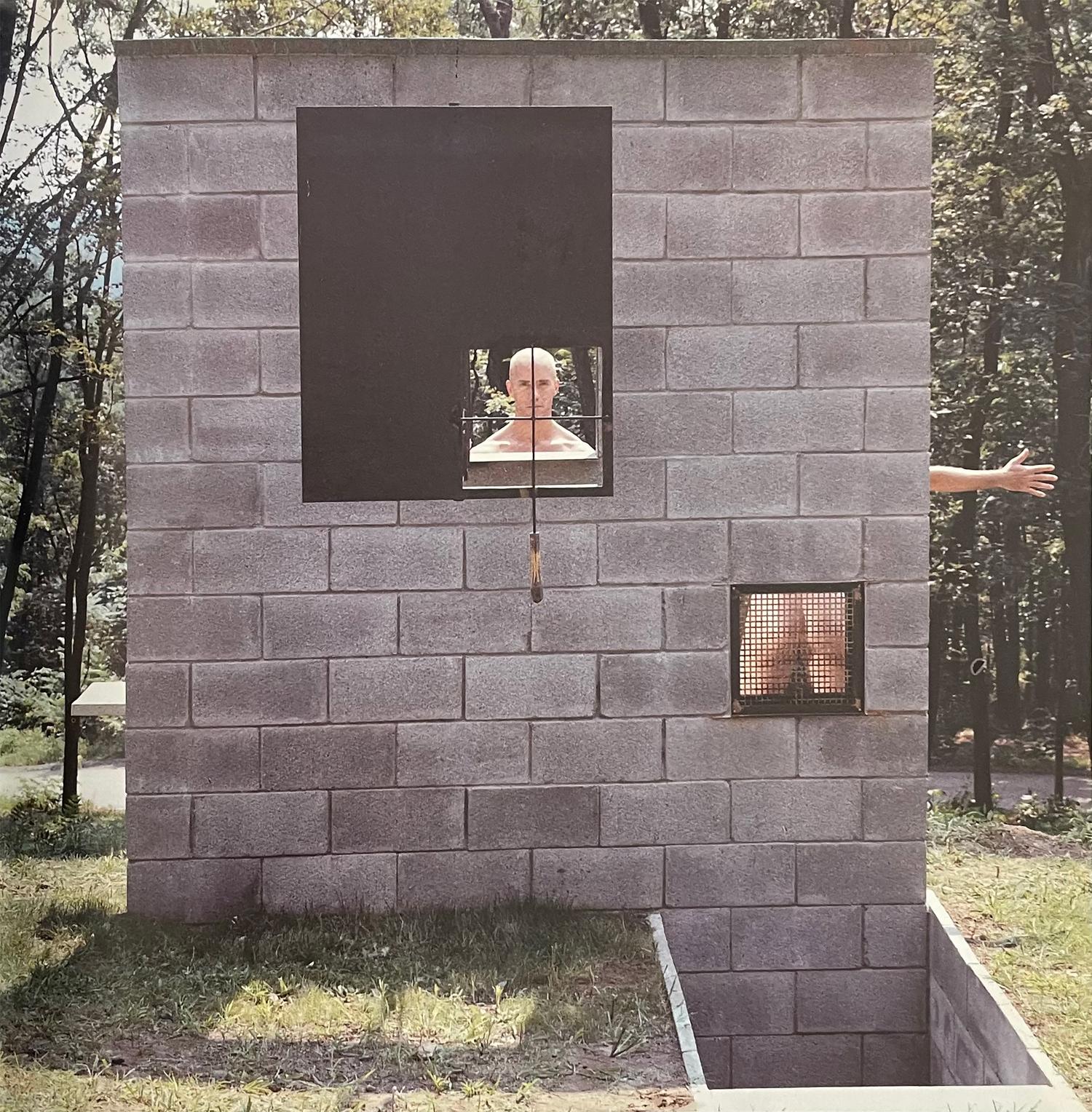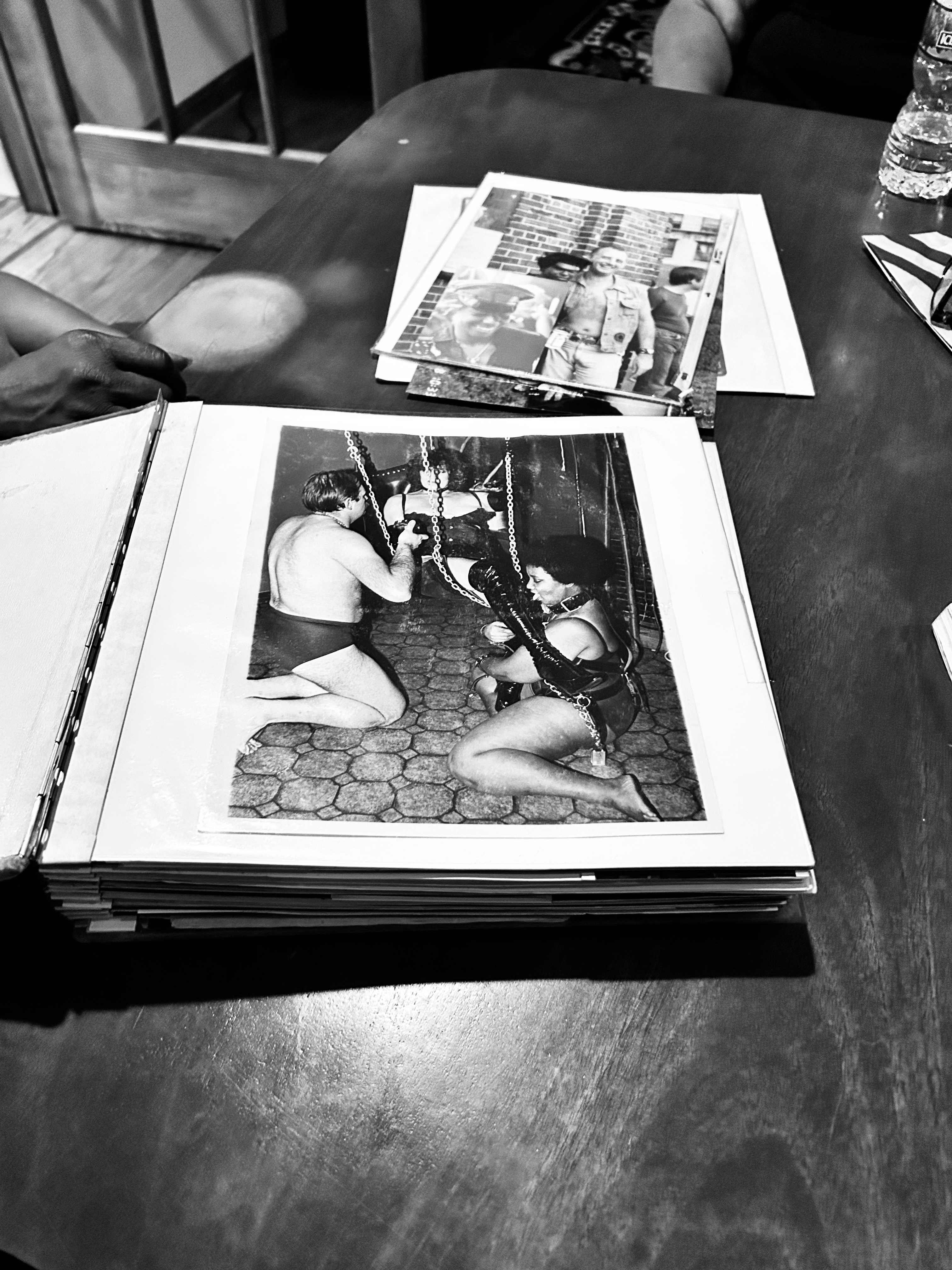5 October 2023
12pm EST/6pm CET
DocTalks x queer space working group
Session 1
Respondents:
Torsten Lange (Hochschule Luzern) &
Phevos Kallitsis (Portsmouth School of Architecture)
12pm EST/6pm CET
DocTalks x queer space working group
Session 1
Respondents:
Torsten Lange (Hochschule Luzern) &
Phevos Kallitsis (Portsmouth School of Architecture)
Outing, Passing, Flagging, Cruising: Queer Spatial Tactics against Commodification and Gentrification
CLAUDE DUTSON
RCA

Utopian Prospect (1988), installation in Byrdcliffe Art Colony, Woodstock, New York, architect Mark Robbins. Reproduced from Mark Robbins, Angles of Incidence, (New York: Princeton Architectural Press, 1992)
While the act “to queer” can be understood as a technique of subversion, either as a ‘queer reading’ detecting kinks and bends in an apparently straight world, or as an action that overturns norms, being queer in urban space is also to be entangled with, and often implicated in, commodification and gentrification. In the context of the financialised city, is “queering” a resilient enough strategy?
Re-engaging with Aaron Betsky’s premise that queerness is a concrete act with a concrete sensuality and sexuality attached to it – this presentation will explore strategies of being detectably or undetectably, respectably or irreverently, queer within urban space and architecture. Drawing on the acts of being boldly ‘out’, to ‘passing’ for heterosexual or cisgender, through to codified ‘flagging’, and ‘cruising’ with sexual intent, I will extract a series of urban and architectural tactics for spatial resistance against gentrification, homophobic and transphobic violence, and the commodification of marginalised identities. The tactics are investigated in relation to the street, the neighbourhood, and the intentional queer community space. Tracing a path from the first Gay Pride marches in the 1970’s – through to corporation-sponsored Pride Parades, the formation of gay ‘villages’ through to gentrification, and the creation of queer intentional spaces within the destructive pace of urban redevelopment, this presentation aims to scope out a range of queer spatial tactics to avoid the grasp of capital, and persist in an increasingly financialised urban environment.
***
Othering Worlds:
Leatherspace, Dyke Community,
and the American City
KARA PLAXA
Princeton SoA
